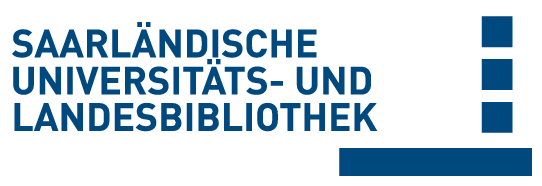Please use this identifier to cite or link to this item:
Volltext verfügbar? / Dokumentlieferung
doi:10.22028/D291-28061 | Title: | Robust method for isolation of tumor infiltrating lymphocytes with a high vital cell yield from small samples of renal cell carcinomas by a new collagenase-free mechanical procedure |
| Author(s): | Crossey, Fiona Marx, Stefanie Hölters, Sebastian Bohle, Rainer M. Stöckle, Michael Sester, Urban Sester, Martina Janssen, Martin W.W. |
| Language: | English |
| Title: | Urologic Oncology: Seminars and Original Investigations |
| Volume: | 36 |
| Issue: | 9 |
| Publisher/Platform: | Elsevier |
| Year of Publication: | 2018 |
| Publikation type: | Journal Article |
| Abstract: | BACKGrROUND: Tumor-infiltrating lymphocytes (TIL) play an important role in the pathogenesis of renal cell carcinoma. Characterization of TIL requires efficient isolation procedures, especially in early stage disease when the tumor is of small in size. Conventional methods for isolating TIL are based on enzymatic tissue digestion, most frequently with collagenase. Collagenase isolation is limited by poor cell recovery, altered expression of cell-surface molecules, and impaired TIL-functionality. To overcome these limitations, we developed and optimized conditions for a robust collagenase-free mechanical procedure for improved isolation of TIL from renal cell carcinoma samples. METHODS: TIL from tumor samples and T cells from peripheral blood were collected from 12 patients undergoing partial or radical nephrectomy. Samples were subjected to an enzymatic reference protocol and to a newly established mechanical isolation protocol. After viability staining, TIL-subpopulations were quantified and phenotyped by immunohistochemistry and flow-cytometric analysis, and were compared to characteristics of peripheral blood T cells. As a marker for TIL-functionality, T-cell cytokine induction was quantified after polyclonal stimulation. RESULTS: We show that this new technique is rapid and allows identification of CD4 and CD8 T-cell subpopulations including CD4, CD8, and regulatory T cells expressing anergy markers such as programmed death-1 (PD-1) or B- and T-lymphocyte attenuator. When compared to the reference protocol involving collagenase digestion, the yield of TIL after mechanical isolation was higher and the expression of cell-surface markers was better preserved. Moreover, although antitumor activity was not assessed, mechanically isolated TIL are at least equally functional as T cells from peripheral blood, as polyclonal stimulation induced cytokines such as interferon-γ and tumor necrosis factor-α in both TIL and T cells from peripheral blood. CONCLUSION: The mechanical procedure may be applied as a robust and rapid alternative to collagenase digestion for isolation of high amounts of phenotypically and functionally intact TIL from fresh tumor samples. |
| DOI of the first publication: | 10.1016/j.urolonc.2018.06.002 |
| URL of the first publication: | https://www.ncbi.nlm.nih.gov/pubmed/30072305 |
| Link to this record: | hdl:20.500.11880/27658 http://dx.doi.org/10.22028/D291-28061 |
| ISSN: | 1873-2496 1078-1439 |
| Date of registration: | 17-Aug-2019 |
| Third-party funds sponsorship: | Eisenberger Stipendium an M.W.W.J. |
| Faculty: | M - Medizinische Fakultät |
| Department: | M - Infektionsmedizin |
| Professorship: | M - Prof. Dr. Martina Sester |
| Collections: | SciDok - Der Wissenschaftsserver der Universität des Saarlandes |
Files for this record:
There are no files associated with this item.
Items in SciDok are protected by copyright, with all rights reserved, unless otherwise indicated.

